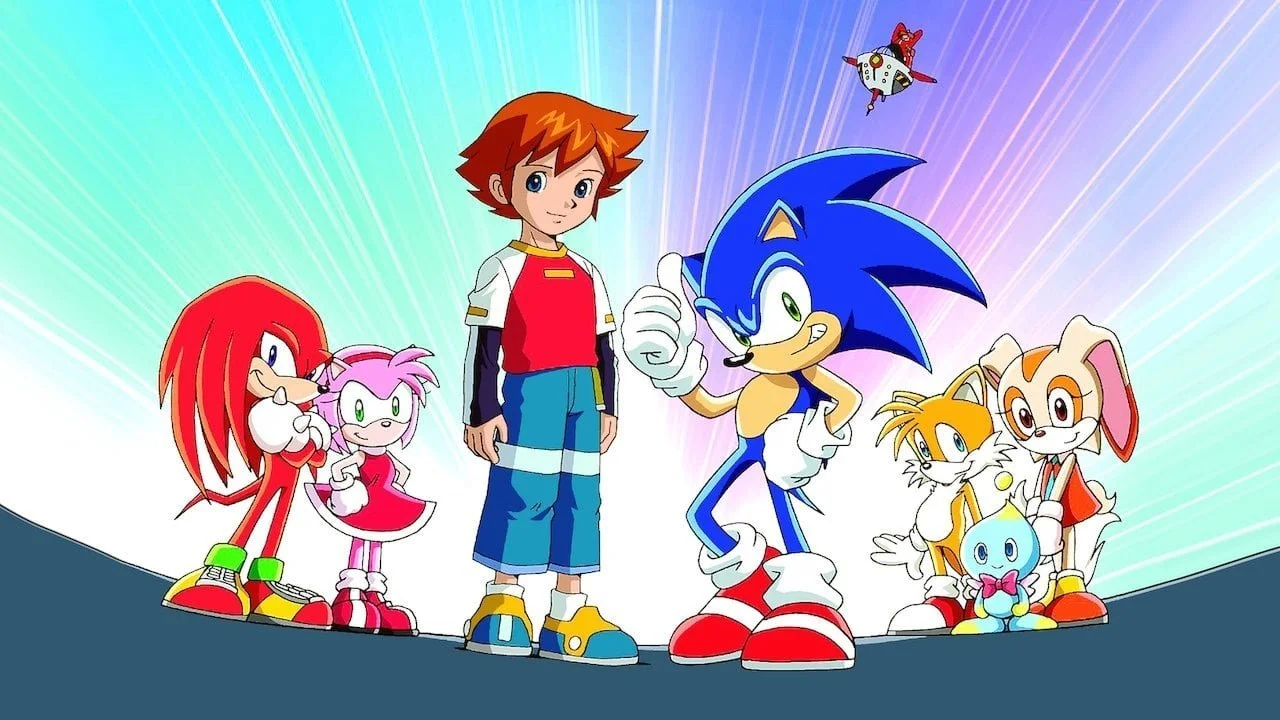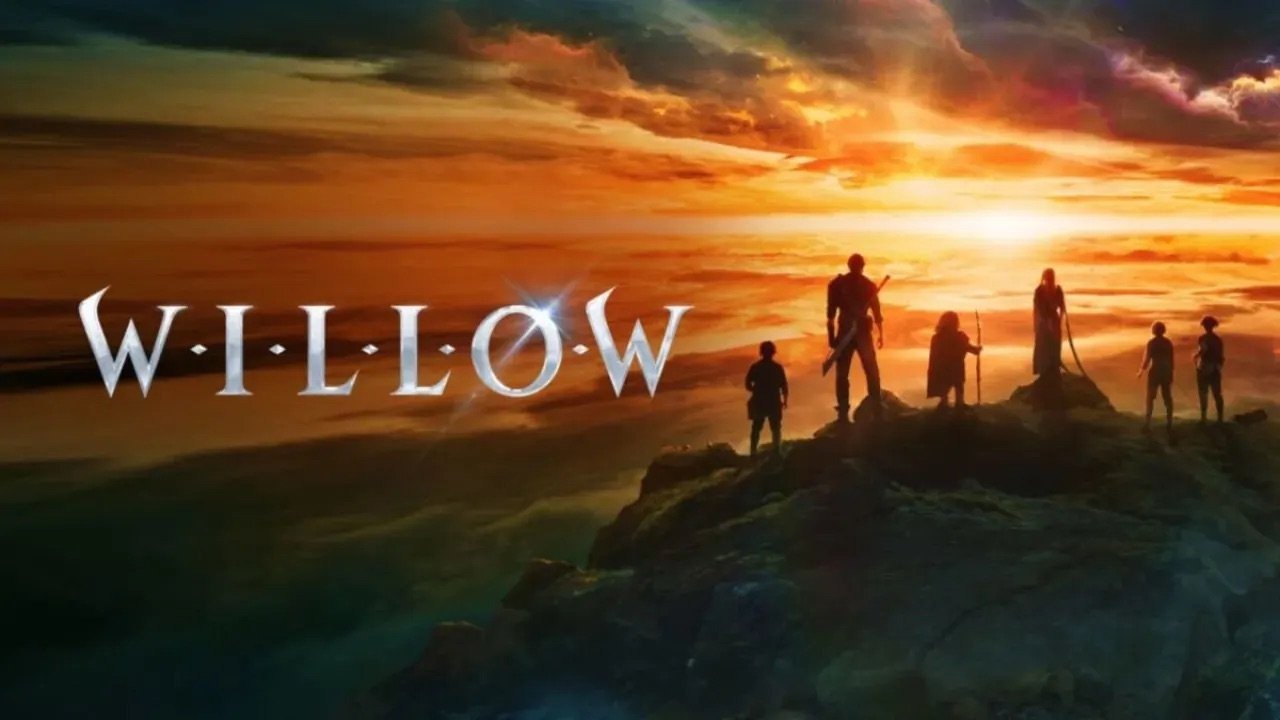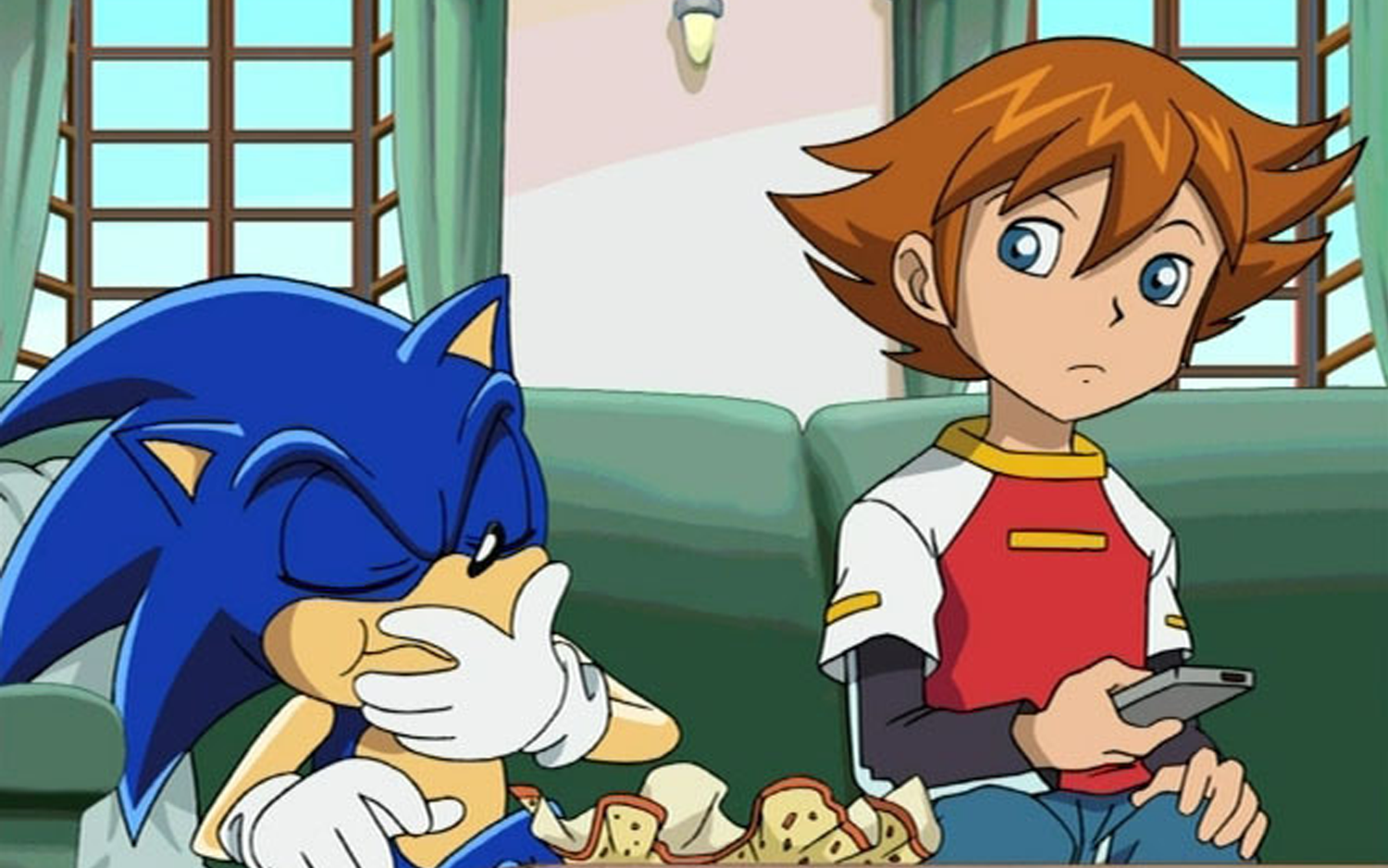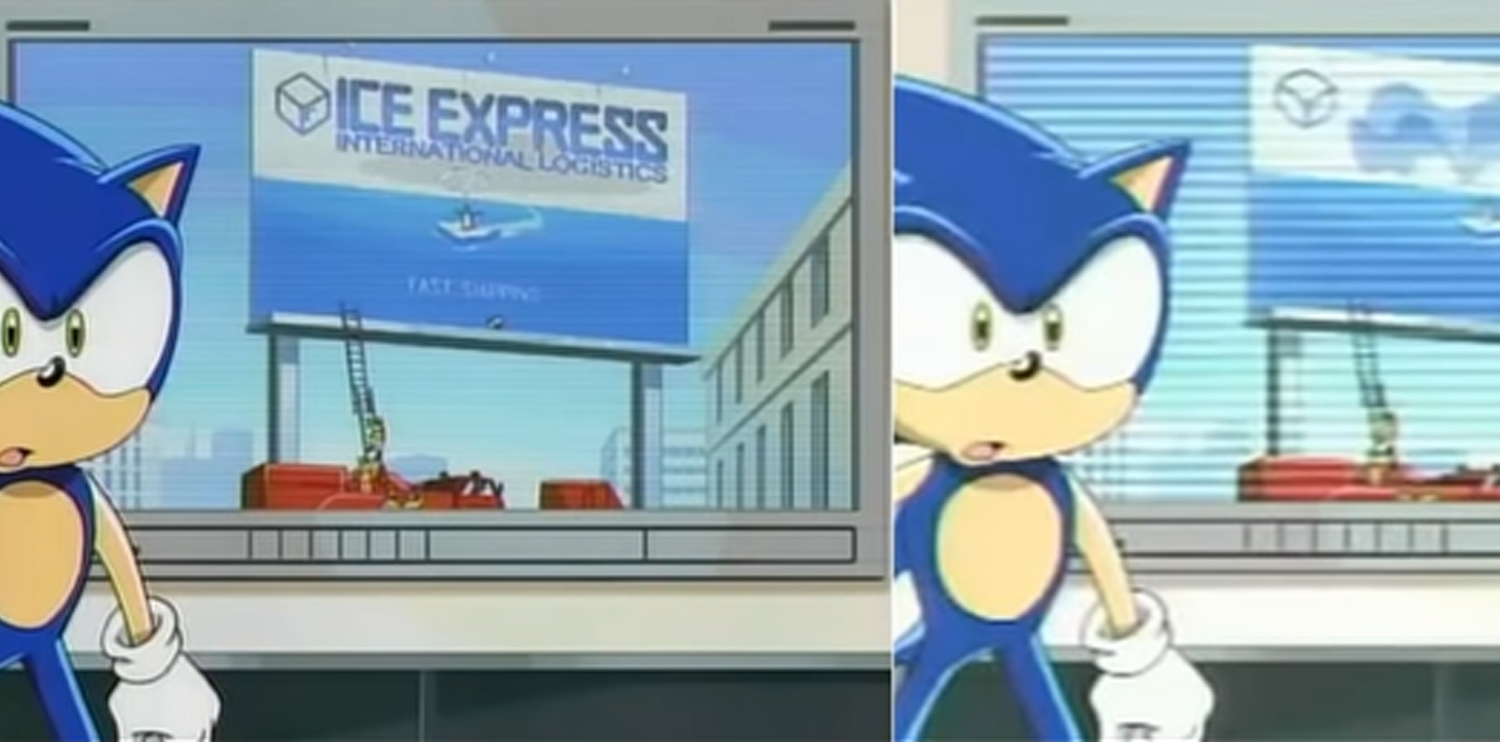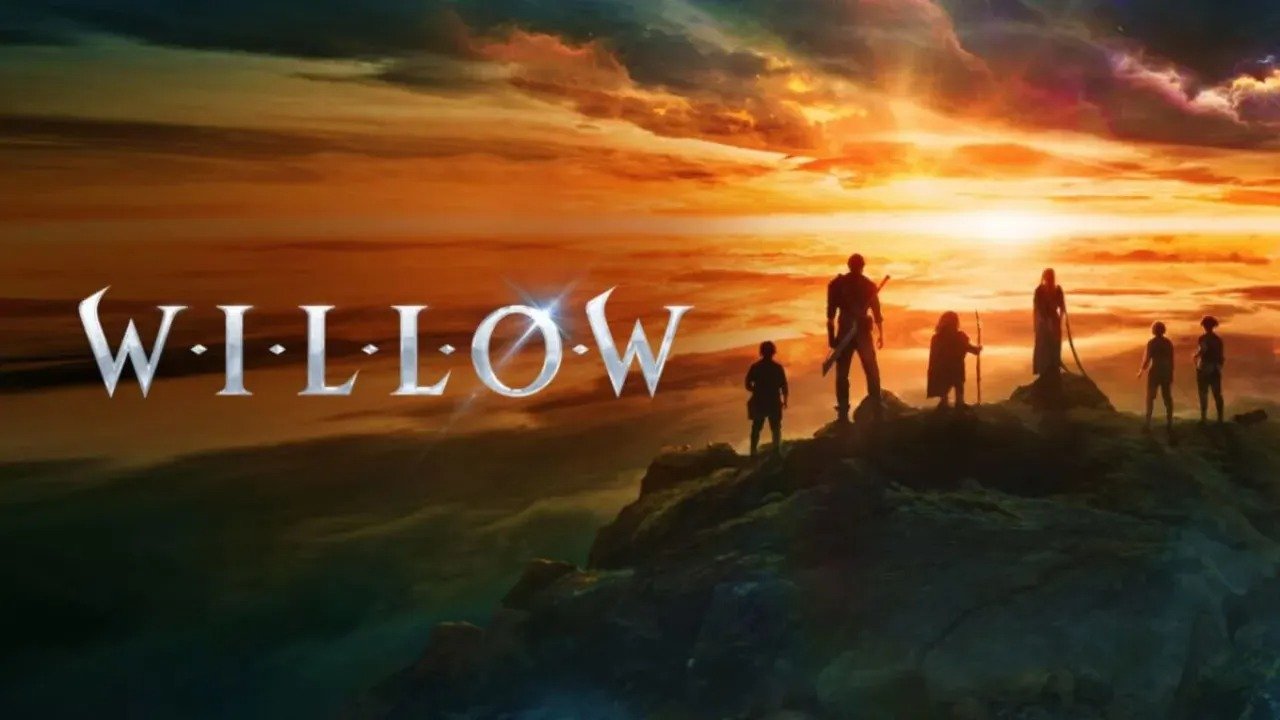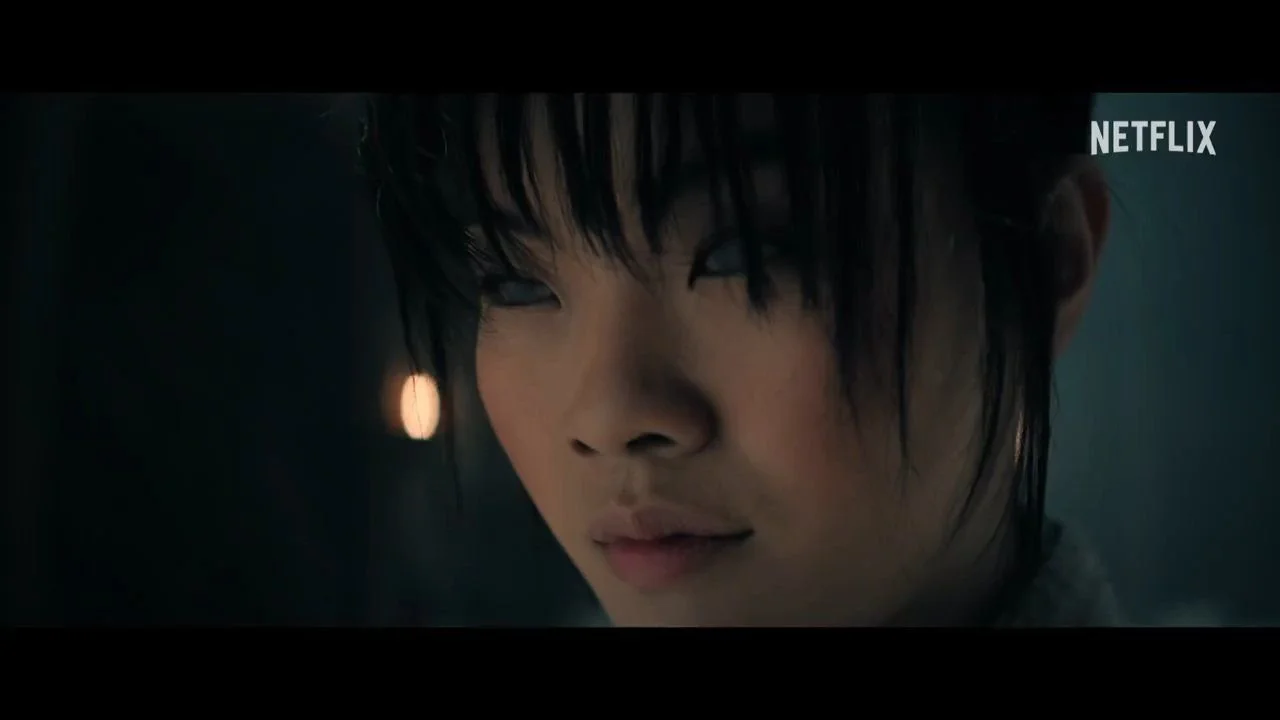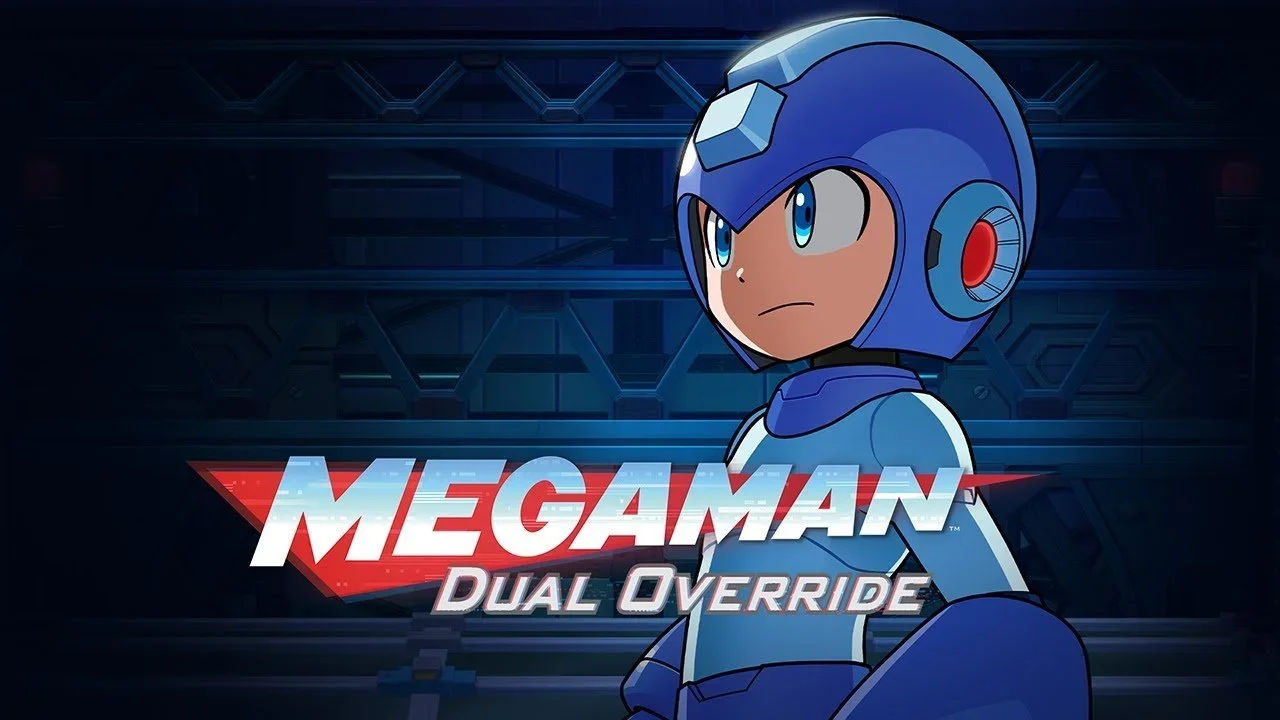The Mixed Bag That is ‘Sonic X
Image Source:
April 6th marks 20 years since the anime Sonic X premiered in Japan, and while it is largely regarded as one of Sonic's best-animated outings by a huge portion of the fanbase, it took it a little while to be perceived as such. How much has this show held up over the decades? Let's find out!
The basic plot of Sonic X is essentially an isekai from Sonic's perspective. Sonic is fighting Dr. Eggman in his world, but due to the evil doctor's use of chaos control, he is transported into our world along with his friends, and with the help of a human child named Chris Thorndyke, they must adjust to life in this new world while fighting Dr. Eggman as well.
RELATED:
This is the main focus of the show's first arc, the New World Saga. There are eight arcs in total: New World Saga (eps. 1-13), Chaos Emerald Saga (eps. 14-26), Chaos Saga, which adapts Sonic Adventure (eps. 27-32), Shadow Saga, which adapts Sonic Adventure 2 (eps. 33-38), Egg Moon Saga (eps. 39-41), Emerl Saga (the tournament arc) (eps. 42-46), Homebound Saga (eps. 47-52), and the specially made for the international market Metarex Saga (eps 53-78). Overall, the tone of the story can range from very serious to extremely silly, and the English dub does not help keep the tone in check (more on that later). However, when it comes to adapting the games, it does so very well, and even its original plots and characters (such as the Metarex Saga and Cosmo the Seedrian), wouldn’t feel out of place in the official game canon.
Image Source: Tumblr
The character of Chris Thorndyke, however, was quite controversial upon release. Many people did not like the fact that Sonic was hanging out with a human boy and felt he took up too much attention. Chris was found to be annoying, especially in English. However, the reason Chris is so clingy is that he is often left alone. His mother and father are often busy, with his father being the president of Thorndyke Industries, and his mother being a famous movie actress. Sonic is the closest thing Chris had to a friend and companion, and that’s definitely well executed in the writing of the series.
Animation-wise, it’s your standard early 2000s anime fair pretty much. However, it’s also nothing to sneeze at, as this is the first and arguably only animated Sonic property to capture the style of the video games, particularly the art of Yuji Uekawa. Sonic X uses a mix of traditional 2D animation and 3D CGI, and while this mix occasionally looks a bit jarring, it is often used to create stunning effects, particularly with vehicles. Remarkably, the animation for this anime still holds up really well today and would not look out of place on modern television were it not for the 4:3 aspect ratio (though a 16:9 version of the anime does exist, it is not available officially as of this writing). The only downside to the animation is how it has been preserved. On Hulu at least, season one looks like it is an old flash animation, while season two fairs much better.
The voice acting in Japanese is superb. In the original Japanese version, the cast from the games is carried over (with the exception of Tails, who is played by Ryo Hirohashi, but they would later take on the role in the games). The performances are grounded and serious and silly when they need to be. Plus, Junichi Kanemaru’s Engrish as Sonic is absolutely endearing. Emotional moments, such as (spoilers) Cosmo the Seedrian’s death, are handled well.
The same cannot be said about the English dub. While this cast has put out better performances as these and other characters, this was not their best showing. Firstly, rather than use the game cast at the time, 4kids Entertainment (the company responsible for the dubbing and localization for Sonic X) decided to use their own New York-based in-house talent.
Image Source: Tumblr
Ryan Drummond even wanted to voice Sonic in the anime, but he was turned down because he was not based in New York. Instead, the cast features Jason Griffith as Sonic and Shadow, Amy Palant as Tails, Dan Green (known for voicing Yugi/Yami Yugi in Yu-Gi-Oh) as Knuckles, Lisa Ortiz as Amy Rose, Rebecca Honig as Cream the Rabit in addition Cheese the Chao, Andrew Rannells (known for Elder Price in The Book of Mormon) as E-102 Gamma and the Japanese butler Mr. Tanaka, Mike Pollock making his debut as Dr. Eggman in addition to voicing the maid Ella, Oliver Wyman, Kathleen Delaney as Rouge the Bat, Amy Birnbaum (known for Max in Pokémon) as Charmy Bee and Froggy, James Carter Cathcart (known for Gary Oak in Pokémon in addition to later voicing James, Professor Oak, and Meowth) as Vector the Crocodile, and David Willis as Espio the Chameleon.
Though these actors are very talented in their own right and did well once they were the voices for their respective characters in the games, the direction they were given did not serve the story that well. At first, several of the voice talents closely mimicked their game counterparts, with Griffith, Pollock, and Green sounding nearly identical to Ryan Drummond, the late Deem Bristow, and Scott Dreier respectively. However, the cadence they were instructed to perform their lines in was very often that of a typical Saturday morning cartoon (which is what Sonic X was in the west) and often did not fit the more serious and grounded moments. However, it did fit the more comedic moments, and Pollock would go on record saying that he would often ask to change lines to either make them fit better or be more humorous.
Image Source: Laura Williams
The script adaption into English was all over the place, however, so the voice actors and directors can only be blamed for so much. There are times when it is nearly 1:1 with the original Japanese script. However, like many Japanese properties being brought into the west during this time, lines and plot points were often changed drastically in order to create a lighter tone. For example (warning: spoilers ahead), Cosmo’s death was made less emotionally impactful by omitting Tails’ confession of love for her in addition to some scenes of the fox boy crying being cut or minimized. Other weird edits, such as removing text from signs, were also included, supposedly to make it easier to export to other territories.
The English writer for Sonic X, however, has stated that he had not played any Sonic games or watched any Sonic shows prior to the production of the show’s dub. It’s a decent adaption, but it is unfortunately the biggest part of Sonic X that has aged the worst, despite having the honor of being the first time our ears were graced with Mike Pollock’s Eggman.
The music in the Japanese version is superb. There are plenty of memorable themes and motifs in addition to well-placed areas of silence. Each piece perfectly fits each scene that it accompanies and also stands out in its own right. The theme (sung by Hironobu Kageyama of Dragon Ball Z fame), is also a bop as are the ending themes. Musically, the score hits all the right notes.
The dub score, however, is once again another story. Instead of using the Japanese score, 4kids decided to use its own original score. While “Gotta Go Fast” has become a meme and a saying amongst the Sonic fandom, it pales in comparison to “Sonic Drive.” Both songs go hard, but the lyrical content of “Sonic Drive” fits Sonic as a character more. Plus, it has the unrivaled vocals of Hironobu Kageyama. In regard to the actual score, while it has its moments, it’s overall way too noisy and repeats themes way too much. It’s a decent replacement score, but compared to the Japanese original, it’s night and day. Admittedly, though, the score does a decent job of evoking some of the show’s more emotional moments.
Image Source: Crackle
Overall, while the show got a mixed reception at the time, it has aged rather well, especially in the original Japanese version. The dub, while having aged poorly, isn’t the worst, however. For many, this was their first introduction to the Sonic franchise, and while it might have not gotten the same amount of popularity as the likes of Pokémon, it still remains a popular Sonic show to this day. In fact, for fans of the Japanese version, Discotek will be releasing it on Blu-Ray on April 25th, though the English dub has been out on Blu-Ray since 2019. Regardless, Sonic X still remains a favorite among Sonic fans of a certain generation and is still surprisingly picking up new fans to this day. Both the dub and original Japanese versions are available on various streaming platforms.
READ NEXT:

